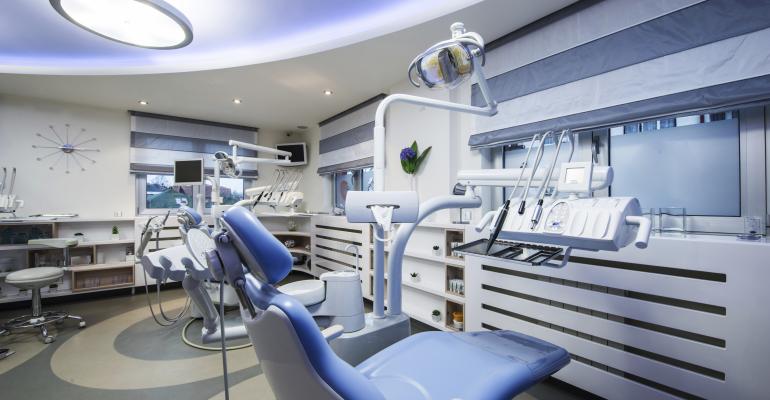Medical real estate (MOB) is a sector undergoing some changes, but its future outlook remains stable. As healthcare providers continue to grapple with changes in reimbursement policies, investors are increasingly viewing these assets as more than just alternatives to core real estate sectors, says Lisa Strope, director of research at real estate services firm JLL. “It’s a really good time for healthcare investment,” Strope says. Here are some key updates on the sector from several industry experts.
- There is a lot of development. And it’s happening across the country, says Mike Hargrave, principal at Revista, a medical real estate research firm. According to Revista’s construction report, the U.S. can expect to see about 22 million sq. ft. of medial office space delivered this year. “That would be really the high-water mark going all the way back to 2008,” Hargrave says.
- But development is not outpacing demand. This new construction represents just 1.5 percent of existing stock, according to Revista figures. “It’s not like that inventory’s growing at a pace that demand can’t keep up with,” Hargrave says. In addition, very little of this pipeline is made up of speculative construction. Demand for medical office building and outpatient care centers continues to grow rapidly, and supply is keeping pace, says Mindy Berman, managing director at JLL, as technological advancements have allowed more critical medical care to be provided in retail settings and not just hospitals.
- Construction trends differ geographically. In states including Missouri, Colorado and Texas, new development can happen quicker, whereas in more regulated states, you may see hospitals leasing space in a retail strip, Hargrave says. In some states where there is more land available—like Texas, for example—there is the growing trend of micro-hospitals and freestanding emergency rooms popping up, he notes. “The common thread is the hospitals are in a mad dash to protect market share, to grow market share and to deliver healthcare to the community,” Hargrave says.
- The “retailization” of medical real estate has been driven by demographics and technology. According to a recent report on the sector from real estate services firm Avison Young, there are around 1,500 to 2,000 mobile clinics around the country, more than 2,000 retail clinics and about 5,600 ambulatory surgical centers. “The concept is that care providers are meeting their patients where they are. With medical offices located in prime retail locations, patients can access care in a convenient spot while running other errands,” Berman says. And the shift from retail to healthcare use is easier than one might think; such facilities tend to have high visibility, easy access and a large floor space, Strope adds. This ongoing “mutation of uses” of medical office space has resulted in part because of the aging of the baby boomer and millennial generations, the latter of which tends to go to the doctor for check-ups and preventative care less, says report author Tula Voutieros, senior research analyst at Avison Young. “You’re really seeing much more flexible open design in spaces, gearing the industry for preparedness of change along with the healthcare industry,” Voutieros says. Meanwhile, technological advances and changes in healthcare reimbursements have also helped to shift services more to out-patient locations—all to help keep healthcare costs down, Berman says. According to JLL’s health care real estate outlook for 2018, 39 percent of the market value for U.S. healthcare real estate is concentrated in outpatient facilities and MOBs; 31 percent is concentrated in hospitals.
- The sector’s fundamentals are stable. “Operationally speaking, there’s nothing in the fundamentals that suggests that the sector should be heading to a downturn,” Hargrave says. MOBs have posted stable occupancy rates, a trend anticipated to continue. Jll’s report notes a quarterly weighted average occupancy rate between 90.4 percent in the first quarter of 2009 and 92.6 percent in the fourth quarter of 2016, “a mere 200-basis-point spread from recent peak to trough.” Meanwhile, pricing has slowly risen, up an average of 49.8 percent over the past five years.
- There’s been a shift in who’s buying. Healthcare REITs used to be the dominant force in buying institutional grade class-A medical assets, as they had the lowest cost to capital and the ability to place the highest bids, Hargrave says. “That changed coming into 2018, and really whether it’s the big three REITs or whether it’s the MOB-focused REITs, their cost to capital has gone up,” says Hargrave. This has led a number of institutional-grade private equity firms to view class-A MOB assets as core real estate. “REITs are a little bit less active now than they were a year ago,” Hargrave says. According to JLL’s research, medical office assets have regularly posted a 200-basis-point spread in cap rate over the past five years; yields are anticipated to come in at 6.7 percent this year for MOBs.
0 comments
Hide comments





